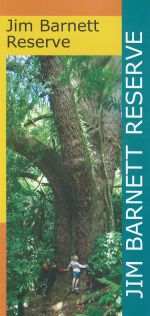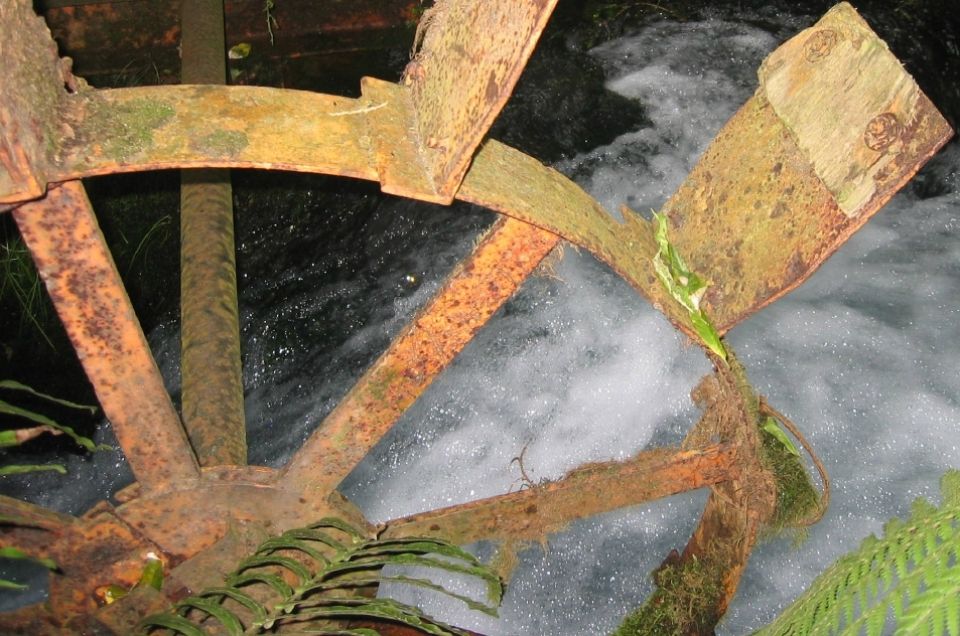 The history
The history
Jim Barnett Reserve is located on Waotu South Road approximately 20km from Putaruru.
At one time, this land was covered in dense forest as far as the eye could see. Then, in 186 AD, the volcanic crater we now call Lake Taupo erupted violently sending out a wave of superheated air and ash that flattened almost everything in its path. The landscape was left burnt and barren in all but a few sheltered spots.
At Waotu, a low hill diverted the destruction and a narrow strip of bush was left intact. It stood alone in a sea of regenerating tussock and shrubs until the arrival of the Maori people, who named the forest Te Waotu tahi nga rakau. Translated this means: the tall forest that stood by itself.
The area was soon densely populated, at first by Ngati Kahupungapunga and then, from the 16th century, by Ngati Raukawa. However, the things that made Waotu popular for the Maori people - the resources of the forest and the nearness of the mighty Waikato also attracted European settlers. By the end of the 19th century much of the shrub land had been cleared for farms and logging had begun in Waotu bush, as it was now known.
Sadly, about 90% (900ha) of Waotu Bush was gone by the 1920s. Valuable timber trees like totara and rimu were cut down, loaded onto wagons and pulled out by horses or bullocks along purpose-built tramways. Today only fragments remain. The largest of these is made up of the Jim Barnett Reserve and an adjoining block of covenanted land.
The Reserve was purchased from the Barnett family in 1992. It is now managed by a committee with representatives from Forest and Bird, Putaruru Rotary, Putaruru Walking Group, the South Waikato District Council and the Waotu community.
The walking tracks
There is a network of tracks meandering through the Jim Barnett Reserve. These tracks are easy walking with a few short, steep bits. The Main track takes about 30 minutes to walk and the Totara track a further 15 minutes. The Main track is metalled and easy underfoot, while the Totara Track is narrower and rougher, but still negotiable for people of most fitness levels.
Camping area
An area has been cleared away as a camping site which is equipped with a tap and a toilet.


